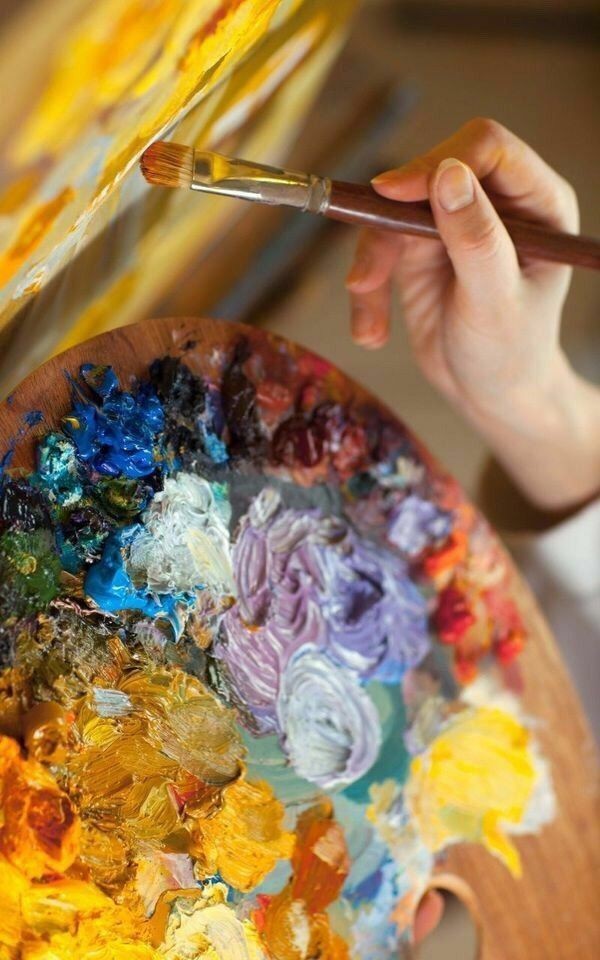Exploring Color in Visual Arts: Emotion, Theory, and Artistic Impact

Color plays a powerful role in the world of visual arts. More than just a visual element, it’s an emotional language—used by artists to set the tone, tell stories, and create deeper connections with the viewer. From the vibrant brushwork of the Impressionists to the bold contrasts of modern art, color has continually evolved, shaping the way we perceive and experience art.
Let’s take a colorful dive into how artists use color, how color theory supports creativity, and why understanding color is essential for every artist.
The Emotional Power of Color in Art
Colors can speak volumes without saying a word. Artists use warm tones like red, orange, and yellow to evoke feelings of passion, energy, or warmth. Cool tones like blue, green, and purple often convey calmness, sadness, or mystery.
Color isn’t just decorative—it's expressive. It sets the atmosphere of a piece, guides the viewer's eye, and can even reflect the emotional state of the artist themselves.
Think about how Van Gogh’s swirling blues in “Starry Night” make us feel dreamlike, or how Picasso’s “Blue Period” conveys sorrow through muted tones.
Color Theory: A Foundation for Creativity
Understanding color theory is essential for artists who want to work intentionally with their palette. It’s more than just knowing colors—it’s learning how they interact, complement, and contrast with each other.
Key Concepts of Color Theory:
Hue – The base color (like red, green, or blue).
Saturation – The intensity or purity of the color.
Value – The lightness or darkness of a color.
Color Harmony – How colors work together to create balance and appeal.
Mastering color theory allows artists to create emotionally resonant compositions, guide visual focus, and maintain aesthetic balance in their artwork.
Want to go deeper? Check out our Beginner’s Guide to Color Theory for Artists to learn how to use color effectively in your own art.
The Evolution of Color Use in Art History
Over time, the role of color in visual art has shifted with cultural movements and technological advancements.
Impressionists like Monet used light and vibrant colors to capture fleeting moments.
Expressionists leaned into bold, emotional hues to reflect inner turmoil.
Modern and digital artists experiment with neon palettes, gradient overlays, and minimalism.
Each era reflects how artists interpreted the world—and color was often at the center of it all.
Practical Tips for Artists Working with Color
Whether you're a beginner or a seasoned painter, here's how you can improve your use of color:
Start with a limited palette to understand how hues work together.
Use a color wheel when planning your compositions.
Observe color in nature—sunsets, plants, and cityscapes are full of natural harmony.
Practice color mixing to understand how to get the exact shade or tone you want.
Explore our Painting Techniques Workshop where we teach practical color usage for modern artists.
Conclusion: Why Color Matters in Art??
Color is more than an artistic choice—it’s a creative force. It has the power to inspire, comfort, and challenge both the artist and the viewer. Whether you're sketching with pencils or painting on a large canvas, learning how to use color effectively can elevate your art and give it emotional depth.
Let the colors you choose reflect the story you want to tell. 🌈
